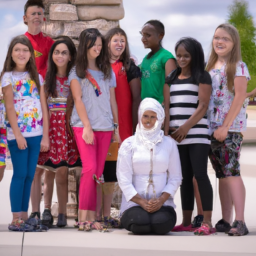505
Newsletter
Subscribe to our newsletter for exclusive content, latest news and trends, and exciting new features.
Categories
Sports and fitnessArts and cultureLifestyleEnvironment and sustainabilityBeauty and personal careMusic and EntertainmentFood and cookingHealth and wellnessGaming and esportsTravel and tourism
Education and learningEntertainmentBusiness and entrepreneurshipPets and animalsLiterature and writingTechnologyHome and gardenScience and nature



















Comments
Leave a Comment